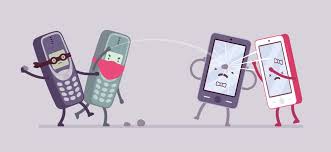Older adults can save tens of thousands of dollars annually by choosing assisted living communities over aging in place in their homes.
Unlike point solutions, Inspiren unifies resident safety, care planning, staffing, and emergency response into a single AI-powered platform.
An artificial intelligence-powered virtual assistant platform for senior living and care providers.

 Staffing issues continue to plague senior care organizations. The news articles pile up –
Staffing issues continue to plague senior care organizations. The news articles pile up –
Comments
Technology and staffing shortages
Great direction for paths to real solutions. Optical sensors coupled with effective artificial intelligence systems can provide effective 24/7 monitoring of residents without placing excessive burden on staff. When there is a need for action staff will be notified and monitoring can be used to proactively detect potential problems before they become serious. Will look forward to seeing the innovation and progression in this area.
From Mike Nicholson via LinkedIn
Amen Laurie…..you’ve been preaching the message for a long time and necessity is finally listening….
From Wendy Goldman via LinkedIn
Yes, all institutions that serve Older Adults need to adopt tech to facilitate development of health care delivery.
From Patty Grace via LinkedIn
Indeed it is! That’s why I refer folks to @Janice Washeleski at @HandsFree!